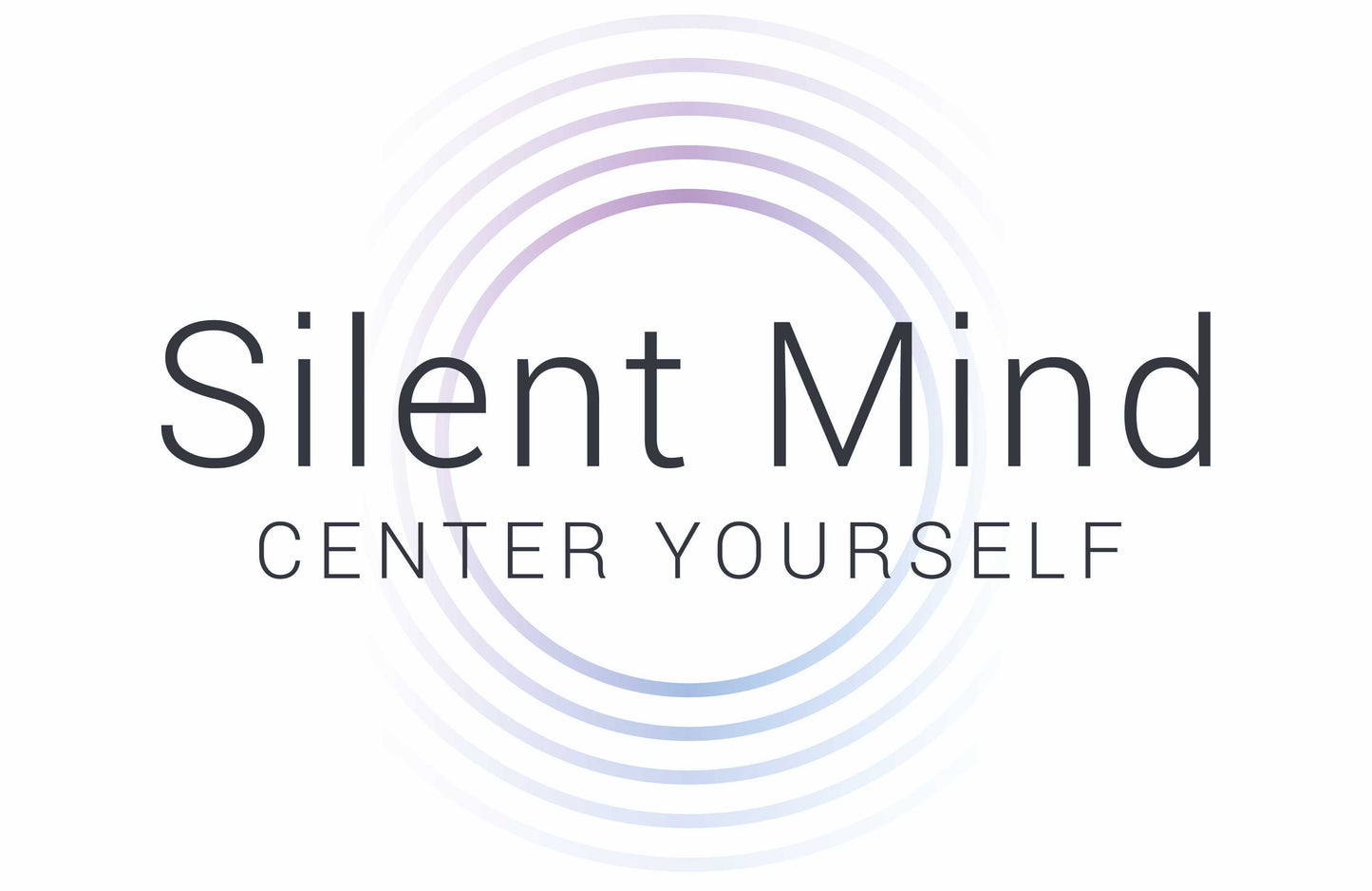
Singing bowls are undoubtedly instruments of healing. We like to think of ourselves as singing bowl experts, but becoming a sound healing therapist certainly takes it to the next level. Read on to learn more about this rewarding career as a healer.
Where do sound healers work?
Sound healing therapists work in all types of settings. You might find a sound therapist in a hospital or birthing center, but you can also meet them in alternative wellness spaces that offer treatments like yoga, meditation, and massage.
They also hold positions at schools, rehab facilities, assisted living facilities, and more. What they intend to heal depends on where they work and the patients they see.
In hospitals and other medical treatment centers, they use sound healing therapy to alleviate chronic pain. Sound healing therapy is also useful for emotional trauma and processing, stress, birthing, and general relaxation and wellness.
Therefore, becoming a sound healer opens you up to a lot of different concentrations you can specialize in.
How do you become a sound healer?
There are multiple avenues through which you can become a sound healer. Some people attend accredited universities and obtain degrees in music therapy. These are the therapists you’ll find in more tightly regulated institutions.
Yet you can also become a sound healer much in the way yoga practitioners become instructors - through workshops, training, and ultimately, certification.
Any program you choose should begin by educating you on the foundations of sound and healing. You’ll learn about the history of sound healing, topics like psychoacoustics and brain waves, and the latest research.
You also get to explore a lot of different instruments. Singing bowls are obviously among the most popular, but you can try tuning forks, gongs, and even the didgeridoo.
Once you choose a concentration or two, workshops can help you obtain certifications in sound healing for that instrument. You should also complete courses on running the style of a sound therapy session that aligns with your career goals.
Everyone seriously interested in working as a sound healing therapist should strive for a minimum of 200 hours in training, with regular updates.
Who should study sound healing therapy?
Some people decide early in life that sound healing is their purpose. That’s typically who will attend college and major in music therapy. But so many other wellness professionals add sound healing to their repertoire later on.
Massage therapists and yoga instructors are two great examples. Not only does it give them more to offer their clients and students, but it’s great for business. Meditation teachers can also become certified in sound healing to some degree, so they can effectively educate a broader range of people.
Counselors delve into sound therapy to help certain patients. A few examples might be those with learning disabilities or those who don’t get great results from talking things out.
No matter how you come to sound healing, it’s a given that you must enjoy being with people and have a real desire to help them. There will be clients with heavy issues and burdensome problems, and a sound healer must sustain the energy to work with them.
The good news is that the demand for sound healing therapists is on the rise. Is this a field you’d consider working in? Weigh in below, and come back for more next week.
Need help on your next singing bowl purchase.
Take our Interactive Singing Bowl Selector and find the PERFECT bowl for you!

